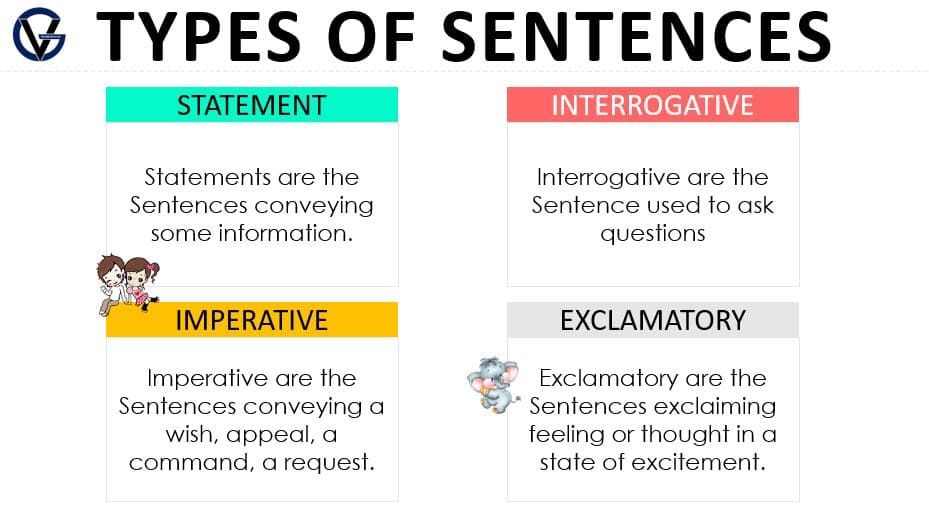Using the word “therefore” correctly in a sentence can significantly enhance your writing and speaking skills. “Therefore” is a powerful word used to show cause and effect relationships, and it’s essential to know how to use it properly. In this article, we will delve into the usage of “therefore” in the middle of a sentence, exploring its definition, appropriate usage, common mistakes, and examples for better understanding.
What Does “Therefore” Mean?
“Therefore” is a word that acts like a bridge. It connects two parts of a sentence. The first part usually tells us a fact or a situation, and the second part tells us what happens because of that fact. For example, “I was hungry, therefore, I ate an apple.”
Using “Therefore” in the Middle of a Sentence
Before and After “Therefore”
When you use “therefore” in a sentence, you should have two parts:
-
- Before “Therefore”: This part tells us a reason or a cause.
- After “Therefore”: This part tells us a result or an effect.
For example: “It was raining, therefore, we stayed indoors.”
Commas Are Important
When you put “therefore” in the middle of a sentence, you should use commas (,) around it. This makes the sentence clear and easy to read.
Like this: “I didn’t study for the test, therefore, I didn’t do well.”
Not Starting a Sentence
Usually, we don’t start a sentence with “therefore.” It’s better to use it in the middle to connect ideas.
Common Mistakes with “Therefore”
- Misusing as a Filler: Some people mistakenly use “therefore” as a filler word without it linking to a cause and effect. This misuse can make sentences confusing or awkward.
- Incorrect Positioning: “Therefore” should be placed between the cause and effect parts of a sentence. Misplacing it can alter the sentence’s meaning or make it unclear.
- Overusing “Therefore”: Overuse of “therefore” can make writing seem repetitive or overly formal. It’s important to use it sparingly and only when it adds clarity to the sentence.
Tips for Using “Therefore” Effectively
- Ensure Logical Connection: Make sure there is a clear cause and effect relationship in your sentence before using “therefore.”
- Punctuation is Key: Often, “therefore” is preceded by a semicolon and followed by a comma when used in the middle of a sentence. For example: “The road was blocked; therefore, we took a different route.”
- Avoid Redundancy: Do not repeat the same information before and after “therefore.”
- Synonyms for Variation: You can occasionally replace “therefore” with words like “hence,” “thus,” or “consequently” to avoid repetition and add variety to your writing.
Examples of Sentences Using “Therefore”
- “She loves to read books, therefore, she visits the library often.”
- “The road was blocked, therefore, we took a different route.”
- “He was feeling sick, therefore, he decided to stay home.”
- “The museum was closed on Monday, therefore, we visited the art gallery instead.”
- “They were all out of chocolate ice cream, therefore, I chose vanilla.”
- “The weather forecast predicted rain, therefore, we took our umbrellas.”
- “She passed all her exams with high marks, therefore, she was awarded a scholarship.”
- “Tom was the only one who knew French, therefore, he became our guide in Paris.”
- “The concert was postponed due to the storm, therefore, we decided to watch a movie.”
- “He forgot to set his alarm, therefore, he was late for the meeting.”
- “The road was very icy, therefore, we drove very slowly.”
- “She is allergic to nuts, therefore, she always checks the ingredients before eating.”
- “The store was offering a big discount, therefore, it was very crowded.”
Must Try:
How to Properly Use “But” in the Middle of a Sentence
How to Use Hence in the Middle of a Sentence



